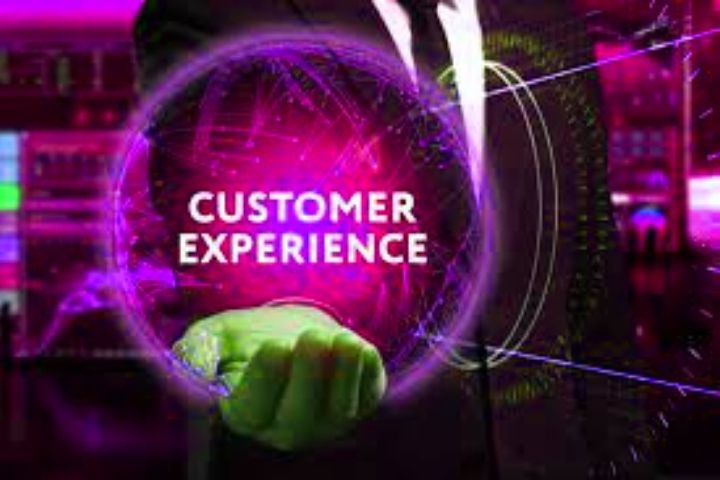All You Need To Understand About Digitization Of Customer

You will get a clear note on digitization of customer in the article. In the consumer’s relationship with a brand, situations or impacts occur that are either transactional and unimportant, or generate an intense experience (positive or negative) that provokes the memory in the customer’s mind. In the journey that the user takes in the process of buying a product or contracting a service, different interactions with the brand take place that configure the customer experience.
Increasingly, digitization-type interactions are becoming more relevant : they are no longer an addition to traditional channels, but have their own weight and operate autonomously, positioning themselves in many cases as Moments of Truth (with great importance in global consideration of customer experience ).
In this way, in the management of the customer experience, companies must consider channels beyond the telephone or physical presence and open up to online contact points, of a digital nature.
Although it is true, this is not easy and represents a significant challenge since it complicates the generation of emotions in the client linked to empathy, to the extent that there is no perception of direct person-to-person treatment. Undoubtedly, in digital channels (web, social networks, email, etc.) it is more complex to convey a human character of the brand and, therefore, create an emotional bond with the client.
Despite this, the commitment to digital channels must be firm and immediate, without losing the orientation towards the humanization of brands, since it will be precisely what generates engagement with customers .
The touchpoints are endless throughout the entire customer journey. However, it is time to move forward and move from sending satisfaction surveys and receiving feedback to a whole series of valuable digital impacts.
Also Read : What Is Digital Leadership?
Table of Contents
Why Are There Digital Touchpoints?
Or, what comes to the same thing, why is the client increasingly digital? The answer is obvious: the number of devices with Internet access (phones, tablets, etc.) has increased notably, normalizing and positioning itself among citizens. The increase in digital devices and tools in the daily lives of consumers is a reality. Many of them are made available by the brands themselves, building a bridge between their activity, their offer of products and services, and customers.
Due to the increasing appearance of devices, tools and applications that facilitate brand relationships, customer expectations are higher. They understand that the experience lived digitally must be equal to or more efficient and satisfying than the one they would receive in person.
Thus, customer behavior is extended and multiplied by each of the digital channels in which the brand is and should be. We enter the concept of omnichannel, transforming the way of relating to the client, which is increasingly complex. Digital customers are informed and carry out their interactions in parallel in the online and offline world in such a way that they become unpredictable. The decision to relate to brands through one channel or another varies depending on the sectors and the client’s own profile before which we find ourselves. However, the ways of interaction are so many and the variables that define consumers so differential that the flows of relationship with the brand are infinite.
This vision occurs at the same time as the era of customer knowledge, qualification and personalization . And the question is, how should brands deal with it?
Digitalization Of The Commercial Process
Finding ourselves before customers who interact in the brand’s digital channels but who also go to the commercial space in person and are impacted in both directions, the definition of omnichannel strategies that consider the integration of the online-offline world is imminent . This is the only way to achieve optimization of the overall user experience .
There is no doubt that, regardless of whether or not the customer journey includes digital contact points, the result must be aligned and consistent with the brand’s own personality. In short, there should be no lines that differentiate the image that the brand projects on the market if the communication is done offline or online.
The integration of both worlds is explained not only by the very existence of various channels, but also because it is not always possible to execute the different actions in relation to brands digitally. Although organizations are immersed in digital transformation processes and increasingly have developed tools that streamline the different processes of the customer journey, there is still a long way to go.
Not all procedures can be carried out through digital channels and, therefore, the naturalization between both worlds must be carried out in a measured way, so that it reflects a coherent process: fluidity in the relationship channels, consumer knowledge systems that speed up the different interactions, collection constant customer feedback (not only for the identification but also for the application of improvement areas),
The digitalization of the commercial process and the customer journey of customers is the order of the day and must be addressed by companies as a priority. This fact does not mean destroying what exists but rather building on what you have, coordinating the whole experience. For this, technological solutions are the paradigm of change. In fact, investment in tools for the digital transformation of business processes has a direct influence on the better evaluation of the experience by customers (DEC Association).
Technology In Transforming The Customer Experience
In the search for a better digital customer experience, we have to bear in mind attributes such as efficiency, security and design, but without forgetting the role played by innovation and customization. On these two issues lies the differentiation of the technological commitment.
Digitization can come from the hand of different technologies such as AR/RV, IoT , chatbots and virtual assistants, social commerce, geomarketing, etc. All of them will contribute to carrying out operations quickly and eliminating complexities in the process. All of them allow the creation of more friendly and “usable” digital ecosystems.
Digitization is well known, but due to the key role that personalization plays in the digitization of customers, marketing automation technology tools are positioned as a great ally in the digital transformation of the customer journey of brands.






